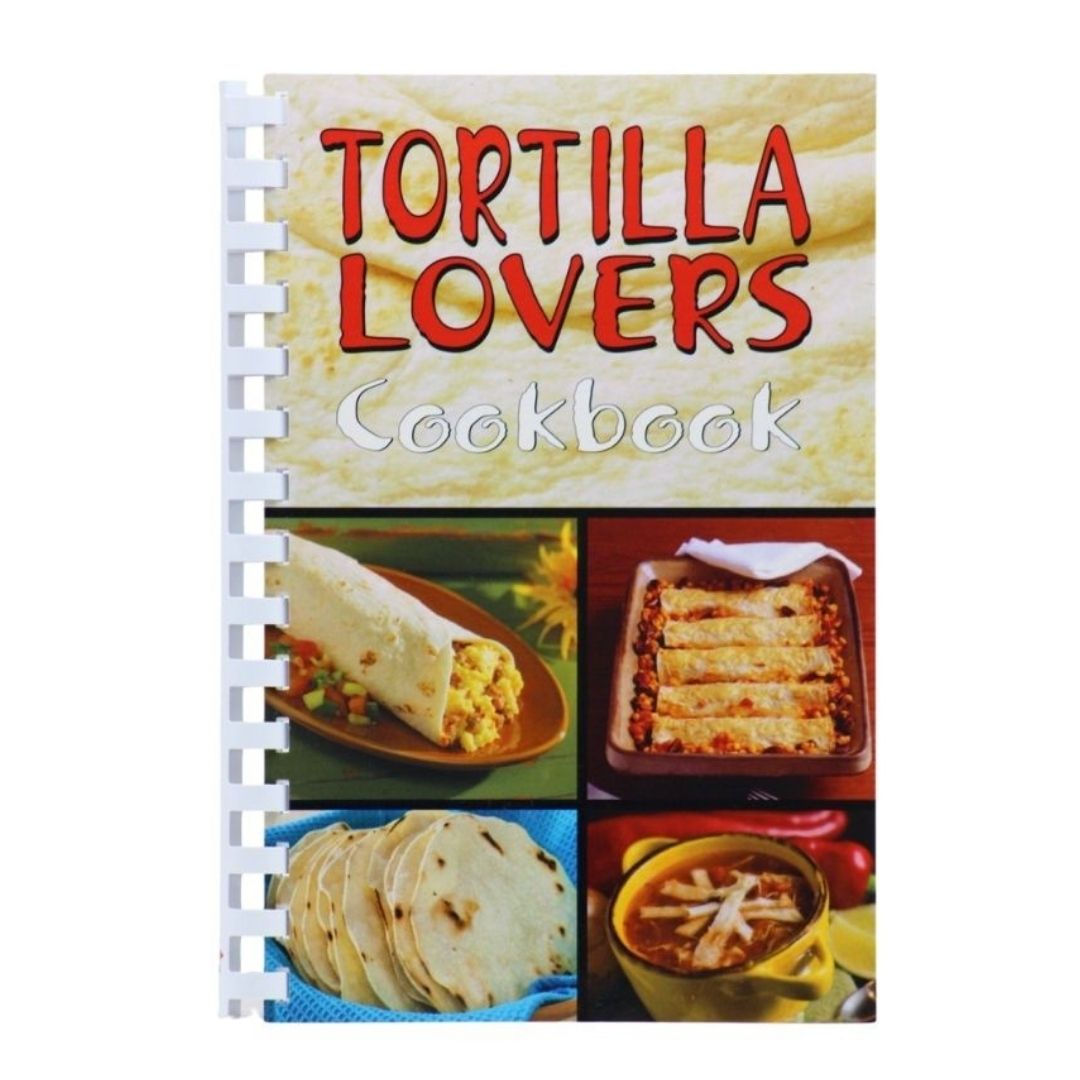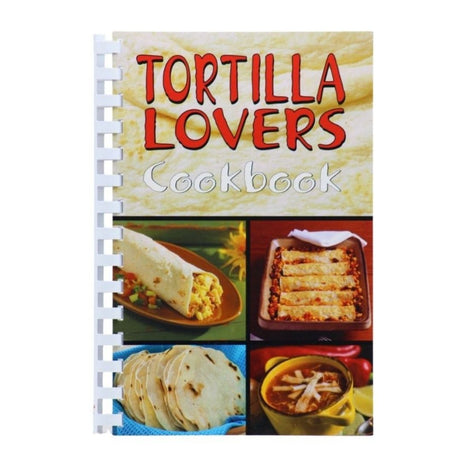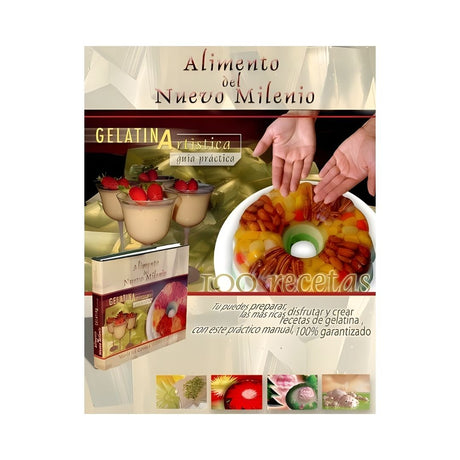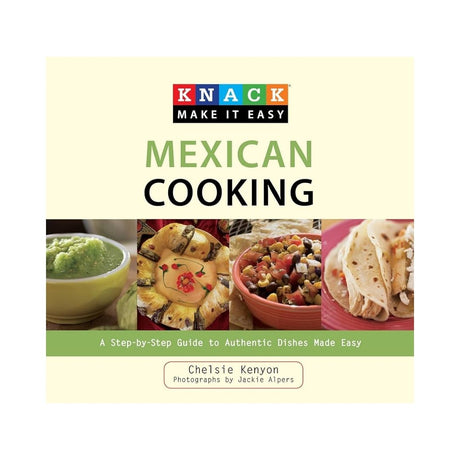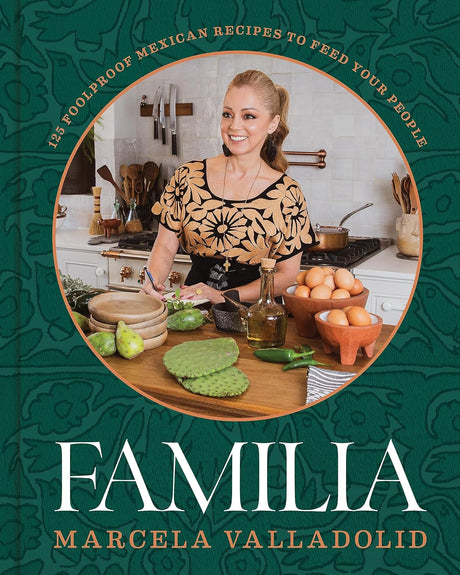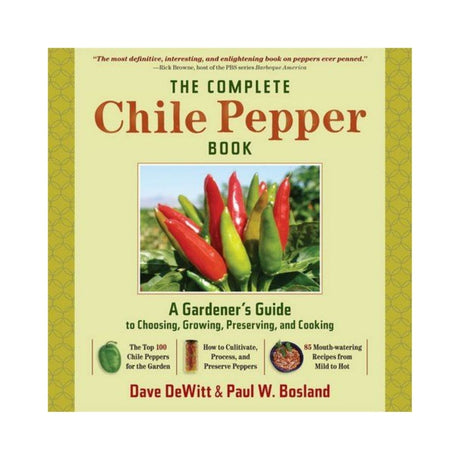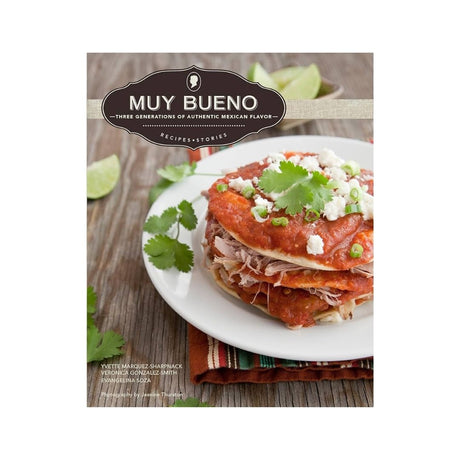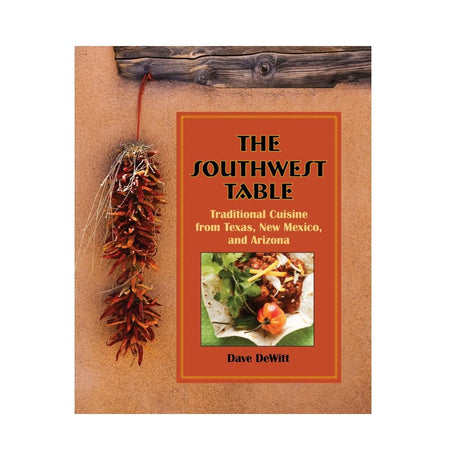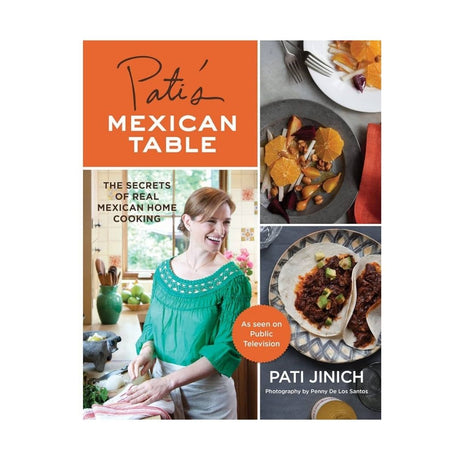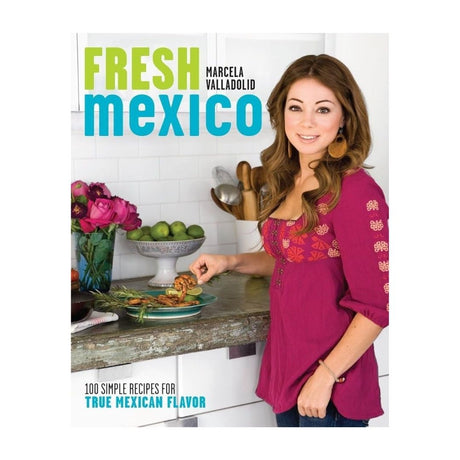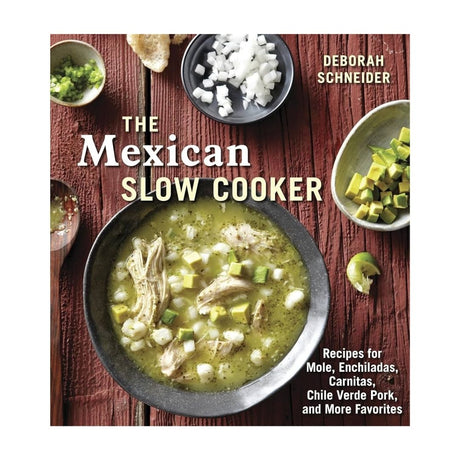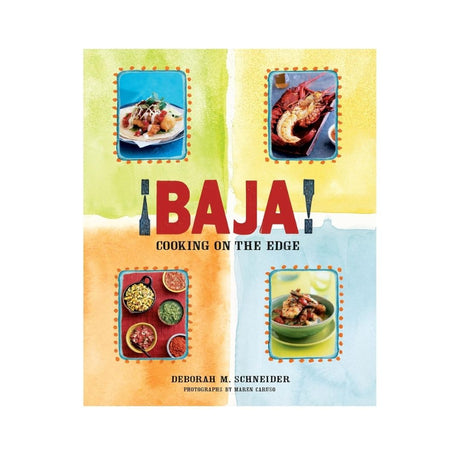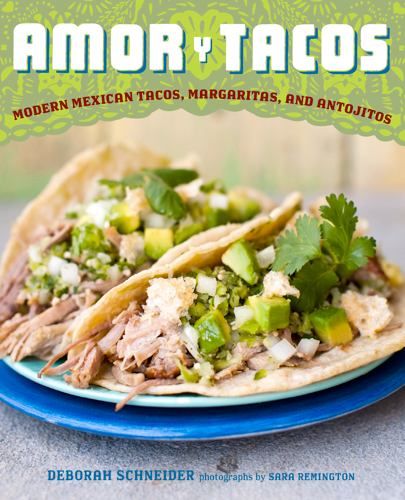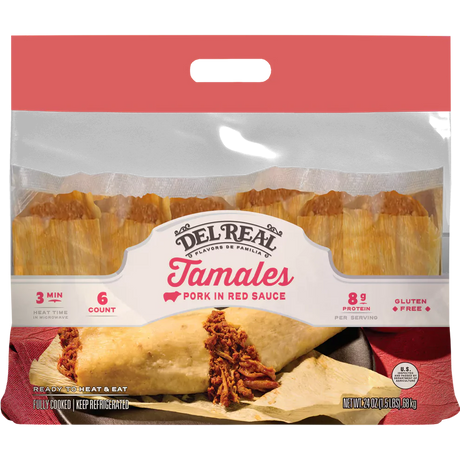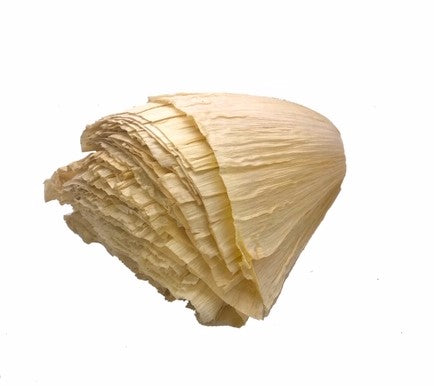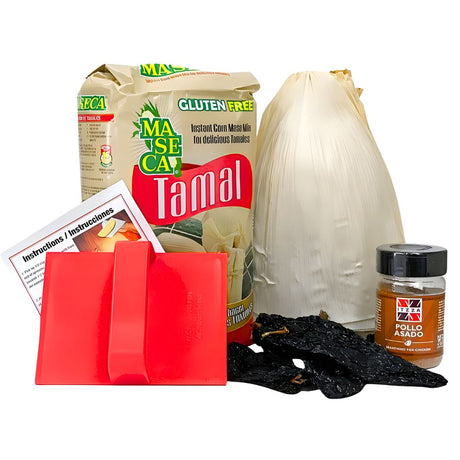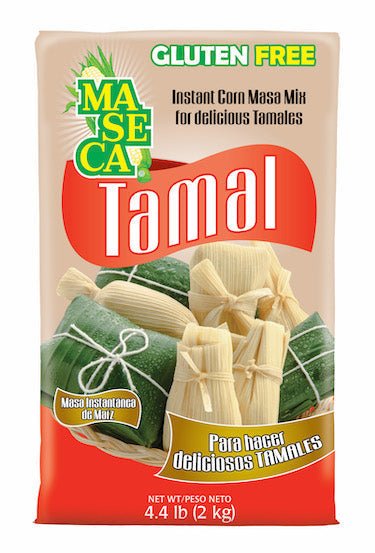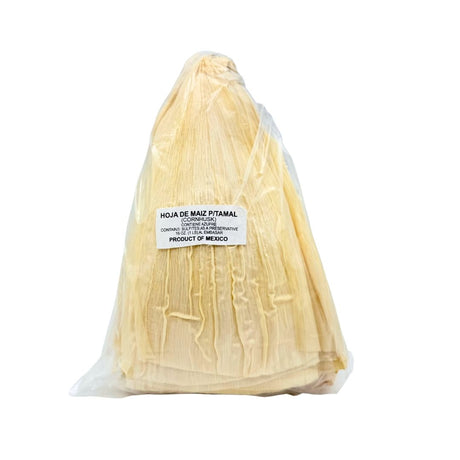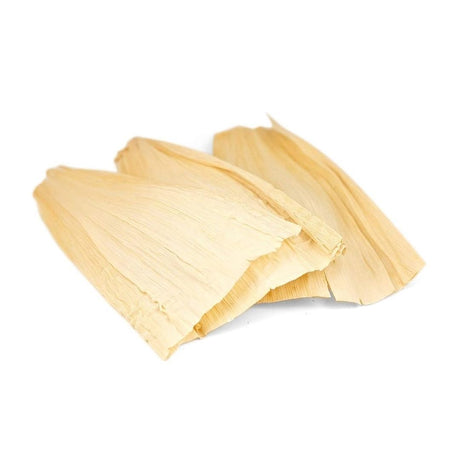Bruce & Bobbi Fischer
Tortilla Lovers Cook Book by Bruce and Bobbi Fischer
$1495Unit price /UnavailableCarmen Suarez
Gelatina Artistica - Guia Practica para Gelatinas de Maria del Carmen Suarez
$3495Unit price /UnavailableChelsie Kenyon
Knack Make it Easy: Mexican Cooking Cookbook by Chelsie Kenyon
$2895Unit price /UnavailableBruce & Bobbi Fischer
Western Breakfast and Brunch Recipes by Bruce & Bobbi Fischer
$995Unit price /UnavailableSusan Bollin
Mexican Recipes - Quick-n-Easy Mexican Recipes by Susan Bollin
$995Unit price /UnavailableChef Marcela Valladolid
Marcela Valladolid – Familia: 125 Foolproof Mexican Recipes to Feed Your People
$3495Unit price /UnavailableFrancisco Valle
Hispanic Marketing - How to Win The Hispanic Gold Rush by Dr Francisco J. Valle
$1295Unit price /UnavailableIvette Marquez
Muy Bueno Cookbook - Three Generations of Authentic Mexican Flavor
$2995Unit price /UnavailableDave DeWitt
The Southwest Table Traditional Cuisine from Texas, NM & AZ
$3495Unit price /UnavailablePati Jinich
Pati's Mexican Table: The Secrets of Real Mexican Home Cooking
$3695Unit price /UnavailableChef Marcela Valladolid
Fresh Mexico: 100 Simple Recipes by Chef Marcela Valladolid
$3495Unit price /Unavailable

